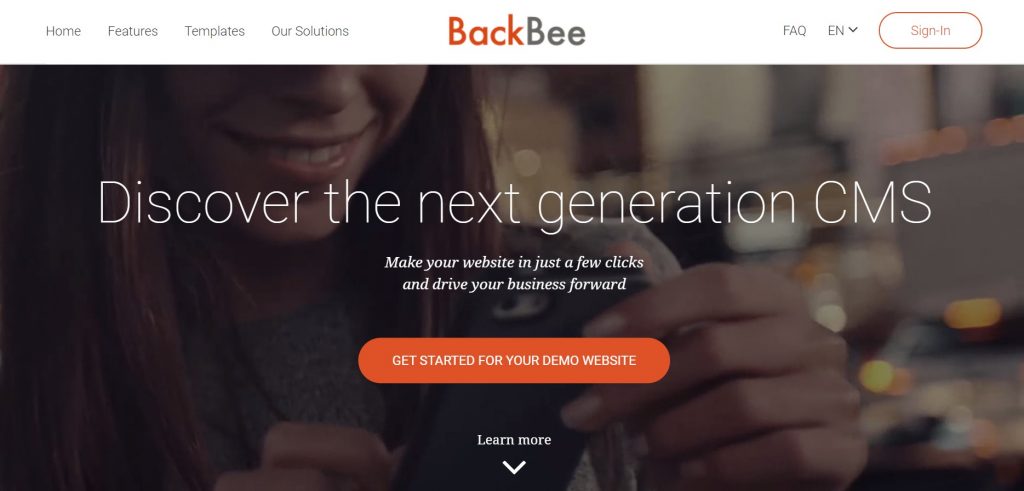
In this day and age of the internet, building a basic webpage does not require too much technical know-how. Usually, there are multiple opensource ‘drag-and-drop’ website builders that are available within everyone’s reach. In fact, individuals who are “non-techie” who wish to create their own blogs or pages may use page builders easily. A number of these platforms are often open-source of free-to-use for anyone, or simply FOSS (free and opensource Softwares).
These may be comparable with CMS (Content Management System) platforms like Joomla, WordPress, and more. Compared to CMS platforms, website builders offer much more complete packages to users where the software itself performs the backend coding. As described, the user may just ‘drag’ or select an element to be ‘dropped’ or added onto the webpage.
Here are five of the most popular opensource website builders available online:
Backbee
The software Backbee calls itself the ‘next generation CMS’ for a variety of reasons. But the highlight of this software, compared to CMS platforms, is that it allows “on-page editing”. The web designer does not need to change images, fonts, and other elements in-code. It is as simple as clicking an element and dragging it to size or location as desired. Or, clicking an area to add a text box or image. There is no need for a “preview mode” of the page as the designer could already see and inspect the look and feel of the website in real-time.
 Source: Backbee
Source: Backbee
Mobirise
The edge of Mobirise compared to other website builders is the fact that the software allows a designer to create mobile-friendly web pages. It has an entire library of free-to-use themes and templates. In addition to this, Mobirise is an offline application. The user simply needs to download the software and install it into a PC.

Source: Mobirise
Template Toaster
The software TemplateToaster has created a buzz in the designing community when it first came out. It was hailed as one of the easiest to use that any individual of any skill-level would find ease in using the software. Just like other website builders, TemplateToaster has a 24/7 support for issues and queries. For those who wish to practice creating webpages, the TemplateToaster software offers an unlimited free trial.

Source: TemplateToaster
GrapesJS
The goal of GrapesJS is to help an individual to create HTML webpages with minimal to zero knowledge of coding. Just like other website builders, it has a style manager, a layer manager, and even an element manager. Users can edit the size, location, and type of elements (button, video, survey, etc) on the page itself. For those who like to see the nitty-gritty, the software has a code viewer option as well.

Source: GrapeJS
Silex
One of the highlights of Silex is that everything is online. There is no need to download libraries, templates, and themes. All webpage editing will be done live. Compared to other website builders, Silex is deemed as easiest to use. The software reviewers even brag that a new user of the software needs a minimum of an hour to learn to use Silex.

Source: Silex
FOSS applications are used more to create small webpages and landing pages. Newbie web designers must always keep this in mind. Also, a downside of opensource software is that the free webpage’s ‘domain’ is usually linked to the website builder’s domain.These website builders may be used only for personal blogs, or practice websites. For those who wish to create independent monetizable, websites, a domain must be purchased and the use of CMS platforms may be necessary for management.
Read Also: Why Weebly Makes a Great Website Builder for Beginners
Read Also: Developing a WordPress Website 101: The Important Five Cs
The post 5 Open Source Website Builders for the Newbie Web Designer appeared first on SpyreStudios.















